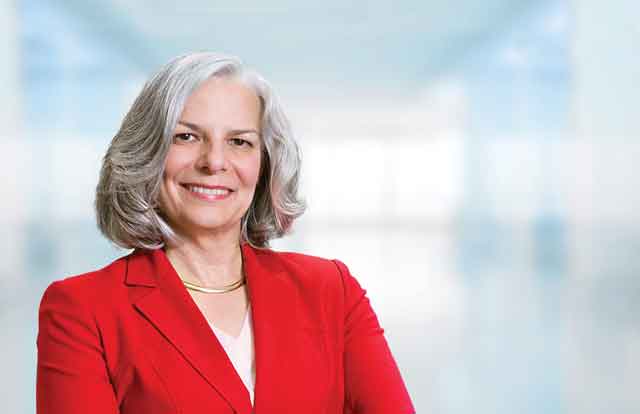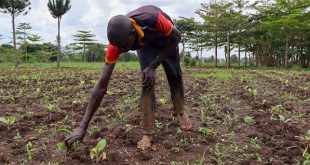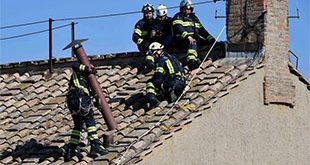
WASHINGTON, USA | XINHUA | The first batch of COVID-19 vaccines available should go to workers on the frontlines, according to a report released Friday amid the ethical debate over who should get vaccinated first.
The report, commissioned by the U.S. government and published by the non-profit National Academies of Sciences, Engineering, and Medicine, provides an equitable four-phased vaccination plan.
The plan prioritizes high-risk health workers, health care facility providers and first responders, which account for about five percent of the U.S. population. Younger people with no health conditions, according to the report, can wait until later.
The U.S. Department of Health and Human Services and Department of Defense released two documents in mid-September, outlining a detailed strategy to deliver COVID-19 vaccine doses to American people.
The document left an unanswered question about which part of the population is to be “prioritized” to enjoy the very limited doses available with minimized “waste and inefficiency” at the early stages of the vaccination.
A U.S. advisory panel made recommendations Friday that health care workers and first responders get first priority when vaccine supplies are limited. The shots should be provided free to all, the panel said.
“Everybody knows from the news how deadly this has been for minorities,” Panel Co-chair William Foege of Emory Rollins School of Public Health said Friday. “We said it’s racism that is the root cause of this problem.”
The pandemic has hit Black, Latino and Native Americans disproportionately in hospitalizations and deaths, a phenomenon considered related to the conditions of these groups, who have been working on the frontlines and exposed to a higher risk of infection. Poverty, another factor usually linked to the demographic, also means poorer access to health care.
“We have a number of hurdles in terms of broad vaccine coverage but also specifically the people we most want to vaccinate in the African American and Latinx communities that are hardest hit with the disease,” said Julie Gerberding, an executive at vaccine maker Merck who previously led the U.S. Centers for Disease Control and Prevention (CDC).
Earlier last month the CDC has asked states to be ready for “large-scale distribution” by Nov. 1. Scientists doubt the effectiveness and safety of the vaccine available by then. While several vaccine candidates are currently in the final stages of clinical trials, they have yet to be approved. Many health experts predict a vaccine will not be widely available until mid- to late next year.
The distribution seems imminent. In a letter to state governors and health departments in late August, CDC Director Robert Redfield said the McKesson Corporation and its subsidiaries would soon be applying for permits to build distribution sites, asking governors to cut red tape.
However, a CBS News poll in September showed most U.S. voters were skeptical about getting a COVID-19 vaccine once it becomes available, with just 21 percent saying they would get a vaccine as soon as possible if one becomes available at no cost, down from 32 percent in late July.
The United States is the country hardest hit by the COVID-19 pandemic, with its cases surpassing 7.3 million on Friday. On the same day President Donald Trump announced he and the first lady had tested positive for COVID-19.
*********
XINHUA
 The Independent Uganda: You get the Truth we Pay the Price
The Independent Uganda: You get the Truth we Pay the Price



